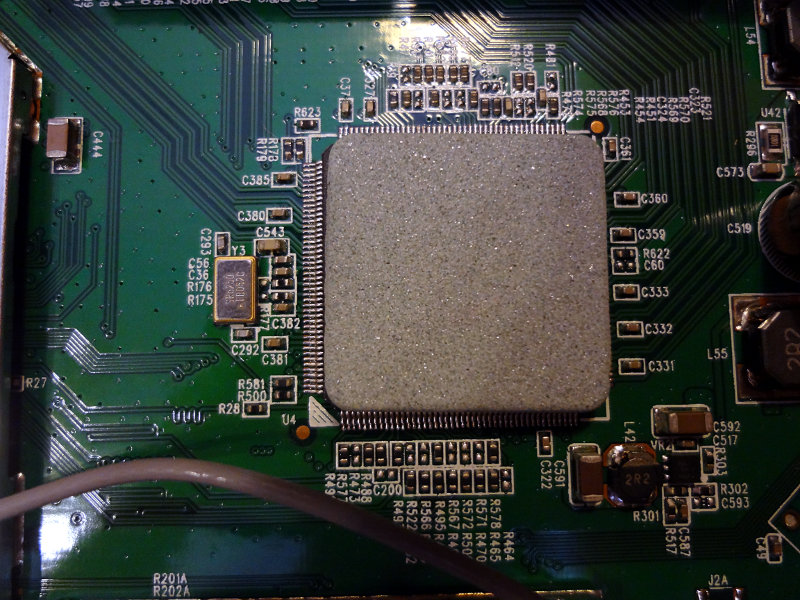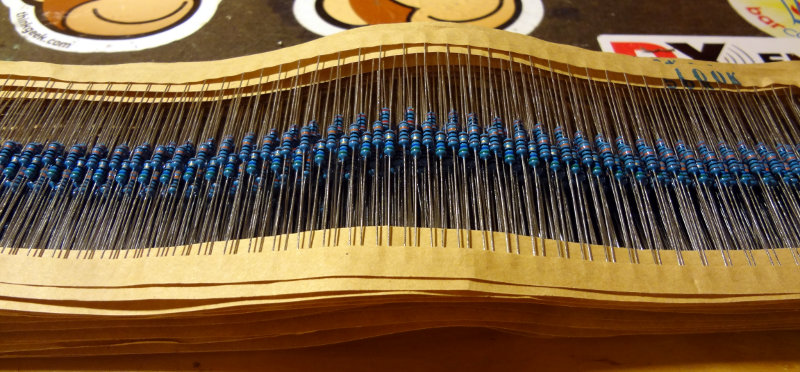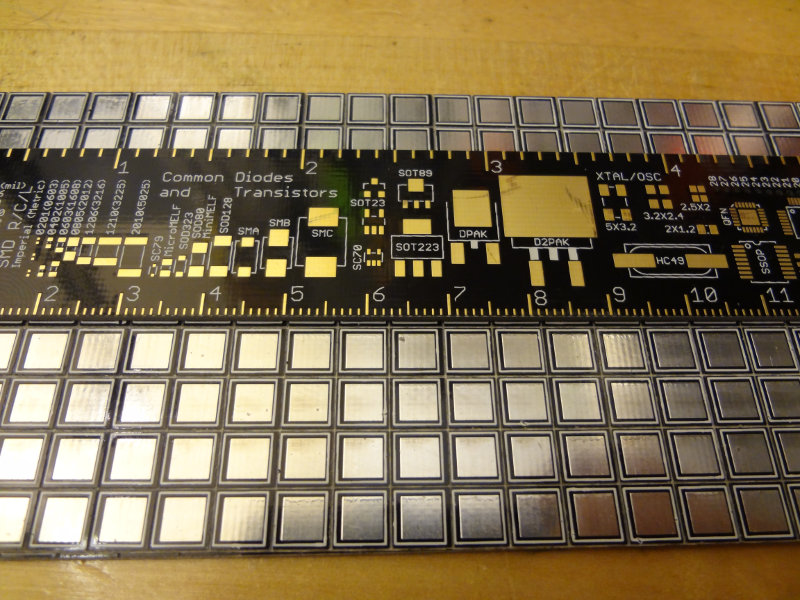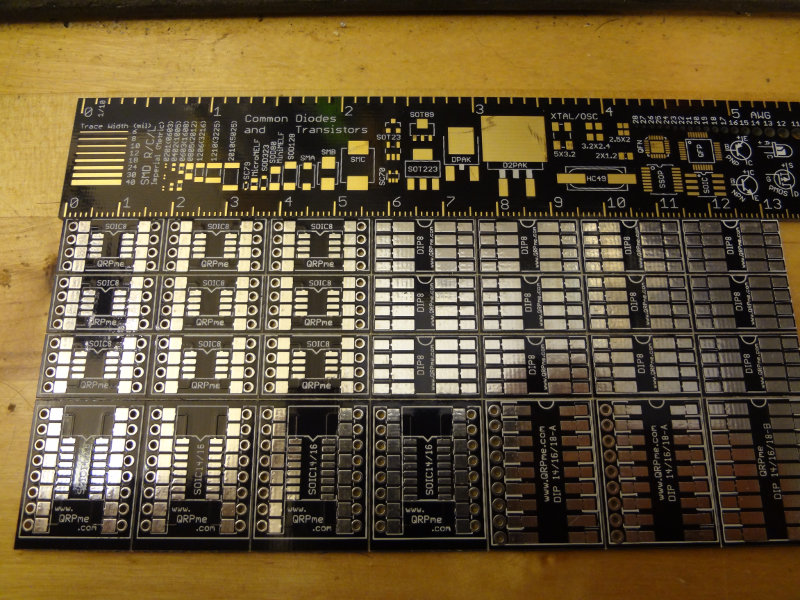I’ve had one of these Star Trek door chime panels hanging up on the wall for quite a while now.
It’s pretty cool, although rather limited. The button on the front plays the Star Trek communicator panel sound. When motion sensors on the side are triggered, the panel can play the door swooshing sound, a red alert klaxon sound or no sound (determined by the sliding switch on the front).
Over the weekend, the thought popped into my head that I should get a second one and modify it to also function as a wireless intercom system. Push the button, it plays the communicator panel sound and activates the intercom. Add a microphone behind the speaker grill and some LEDs to light up the white indicator box when the intercom is active. How cool would that be?
I’ve been pondering ways to do this. Cannibalizing an old intercom system or maybe even a couple of FRS radios should be a relatively easy turnkey solution. Something Arduino based using a Pro Mini or Pro Micro with some kind of low power FM transmitter might work too, but require considerably more effort to develop. I haven’t opened mine up so I don’t know how much room there is to cram stuff into.
I’ll let it spin around in my head for a while, maybe hit a couple of thrift stores to see if there’s anything interesting to work with. With the move coming up, it will probably be a while before I have much time to work on this.









